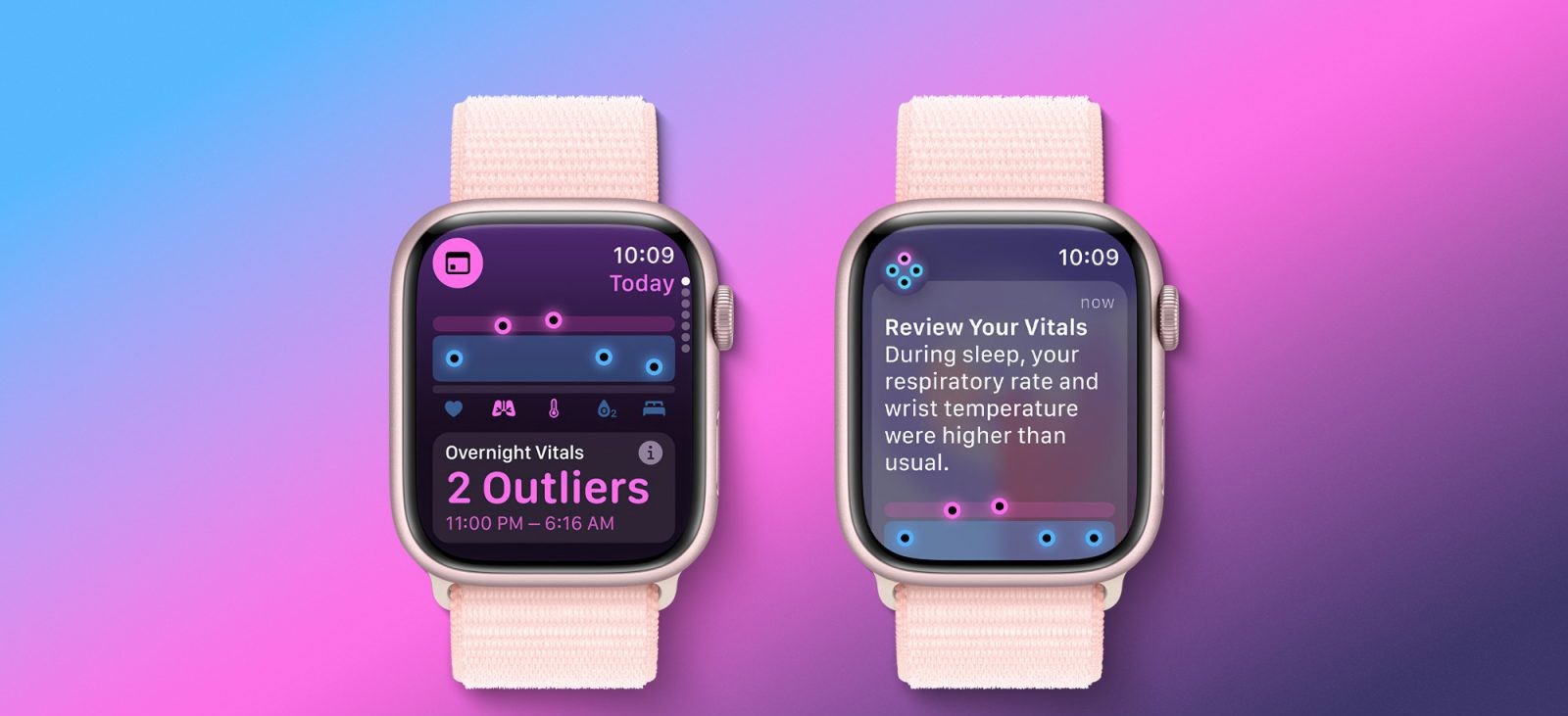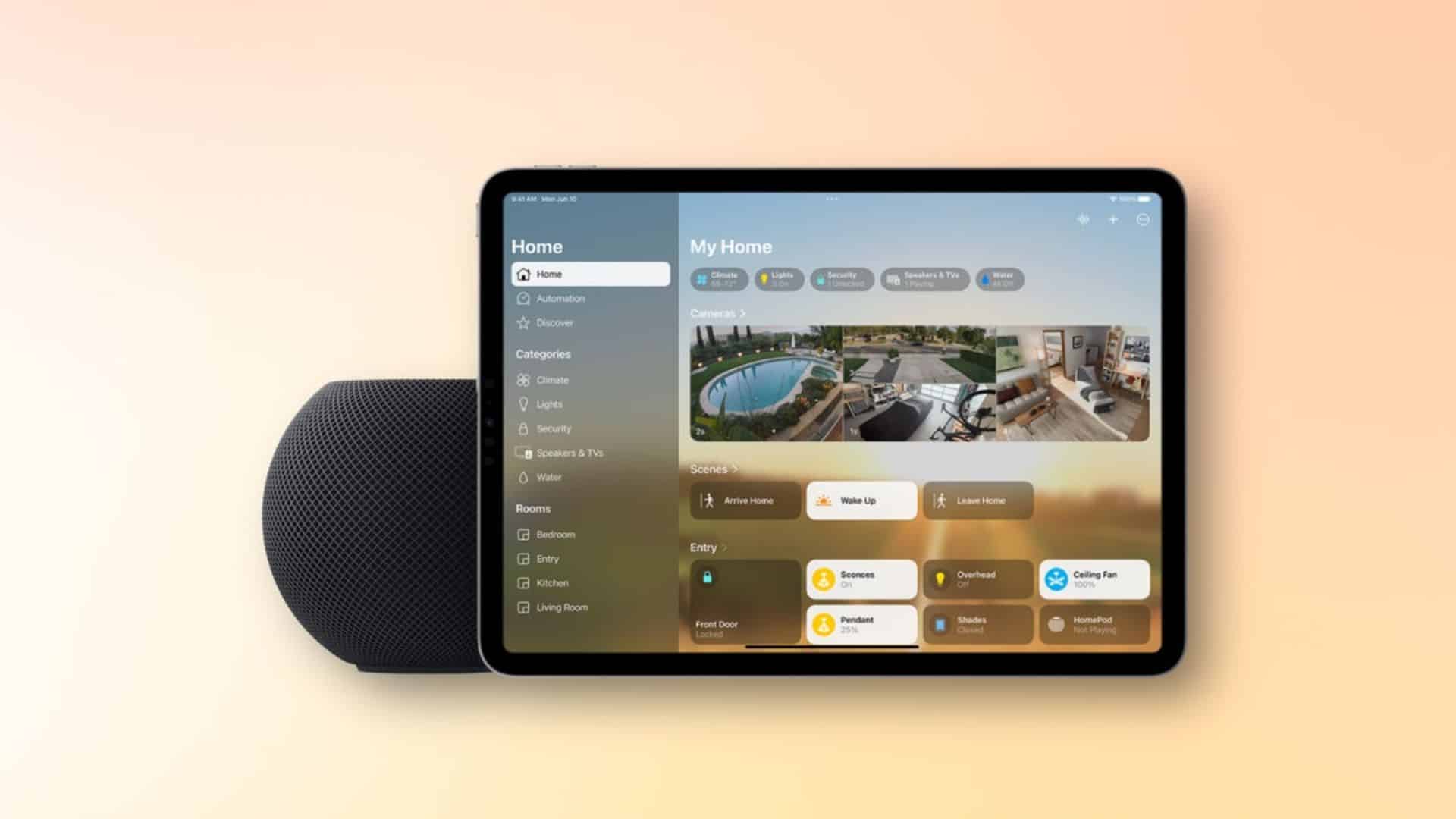In a compelling testament to the life-saving potential of wearable technology, Amanda Faulkner, a consultant psychiatrist from Napier, New Zealand, credits her Apple Watch with the early detection of a rare and aggressive form of blood cancer. This incident underscores the critical role that continuous health monitoring can play in identifying serious medical conditions before they become life-threatening.
The Journey to Detection
Amanda had been using an older model of the Apple Watch for several years. In 2024, she upgraded to the Apple Watch Series 10, which introduced the Vitals app—a feature designed to monitor overnight health metrics such as heart rate, respiratory rate, body temperature, blood oxygen levels, and sleep patterns. Each morning, the app provides a comprehensive report, highlighting any abnormalities detected during the night.
Shortly after adopting the new device, Amanda began receiving persistent alerts indicating that her resting heart rate had risen significantly—from her usual 55 beats per minute to readings in the 90s. Initially, she dismissed these notifications, suspecting a malfunction in the device. However, as the alerts continued, she decided to consult her general practitioner, bringing along the data recorded by her Apple Watch.
Medical Intervention and Diagnosis
Upon reviewing the data, Amanda’s doctor promptly referred her to the emergency department for further evaluation. Comprehensive testing revealed that she was suffering from Acute Myeloid Leukemia (AML), a rare and aggressive type of blood cancer. Medical professionals emphasized the severity of her condition, noting that a delay of just a few days in seeking medical attention could have resulted in fatal complications.
Treatment and Prognosis
Following her diagnosis, Amanda was transferred to Palmerston North Hospital on January 9, 2025, where she began an intensive chemotherapy regimen. Despite the challenges associated with her treatment, she remains optimistic about her recovery. A critical component of her treatment plan is a stem cell transplant scheduled for July in Wellington. This procedure involves replacing her bone marrow with that of a compatible donor from Europe, effectively providing her with a new immune system. While the transplant carries a 20% risk of mortality, Amanda is hopeful about the outcome.
The Role of Wearable Technology in Health Monitoring
Amanda’s experience highlights the transformative impact that wearable health technology can have on individual health outcomes. The Apple Watch’s ability to continuously monitor vital signs and alert users to potential health issues offers a proactive approach to healthcare, enabling early detection and intervention.
Reflecting on her experience, Amanda stated, Hand on heart, if it wasn’t for my smartwatch constantly nagging me, I wouldn’t have even noticed something was wrong. Her husband, Mike Faulkner, echoed this sentiment, emphasizing that the Apple Watch made a life-changing difference and significantly improved his wife’s chances of overcoming the disease.
Broader Implications and Future Prospects
This case is not an isolated incident; there have been numerous reports of wearable devices detecting serious health conditions, prompting timely medical intervention. As technology continues to advance, the integration of health monitoring features in consumer electronics is likely to become more sophisticated, offering even greater potential for early disease detection and prevention.
However, it’s essential to recognize that while wearable devices can provide valuable health insights, they are not a substitute for professional medical advice. Users should consult healthcare professionals when they receive alerts or notice significant changes in their health metrics.
Conclusion
Amanda Faulkner’s story serves as a powerful reminder of the potential life-saving benefits of wearable health technology. By paying attention to the alerts from her Apple Watch and seeking prompt medical attention, she was able to detect and begin treatment for a serious health condition that might have otherwise gone unnoticed until it was too late. This underscores the importance of being attuned to one’s health and the valuable role that technology can play in supporting proactive healthcare.



